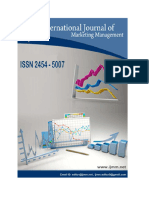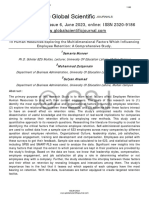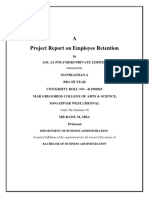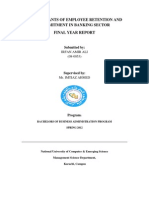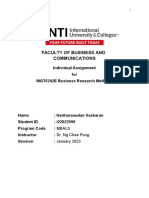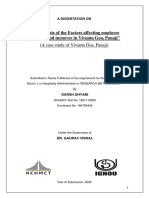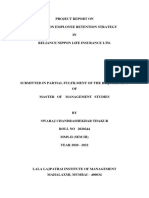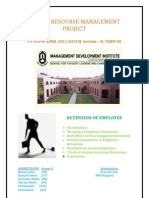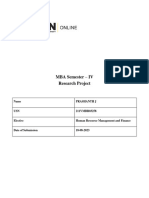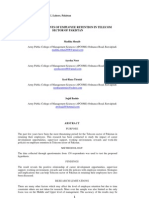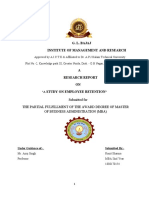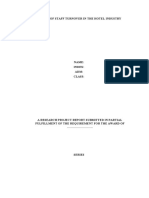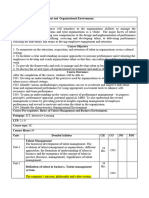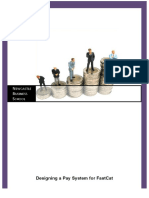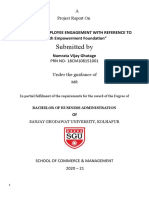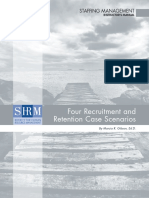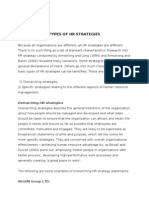0% found this document useful (0 votes)
153 views17 pagesHuman Resource Management: A Study of The Factors Effecting Employee Retention at United Bank Limited (Ubl)
This document summarizes a study conducted on the factors affecting employee retention at United Bank Limited (UBL) in Pakistan. The researchers conducted questionnaires at three UBL branches to examine how training and development opportunities, work-life balance, and reward/recognition programs impact retention. The results supported the literature in showing that these factors significantly influence whether employees stay or leave. Recommendations included improving training programs, enhancing compensation/benefits, and strengthening performance management to boost retention at UBL.
Uploaded by
Ahmed FarooqCopyright
© © All Rights Reserved
We take content rights seriously. If you suspect this is your content, claim it here.
Available Formats
Download as PDF, TXT or read online on Scribd
0% found this document useful (0 votes)
153 views17 pagesHuman Resource Management: A Study of The Factors Effecting Employee Retention at United Bank Limited (Ubl)
This document summarizes a study conducted on the factors affecting employee retention at United Bank Limited (UBL) in Pakistan. The researchers conducted questionnaires at three UBL branches to examine how training and development opportunities, work-life balance, and reward/recognition programs impact retention. The results supported the literature in showing that these factors significantly influence whether employees stay or leave. Recommendations included improving training programs, enhancing compensation/benefits, and strengthening performance management to boost retention at UBL.
Uploaded by
Ahmed FarooqCopyright
© © All Rights Reserved
We take content rights seriously. If you suspect this is your content, claim it here.
Available Formats
Download as PDF, TXT or read online on Scribd
/ 17














